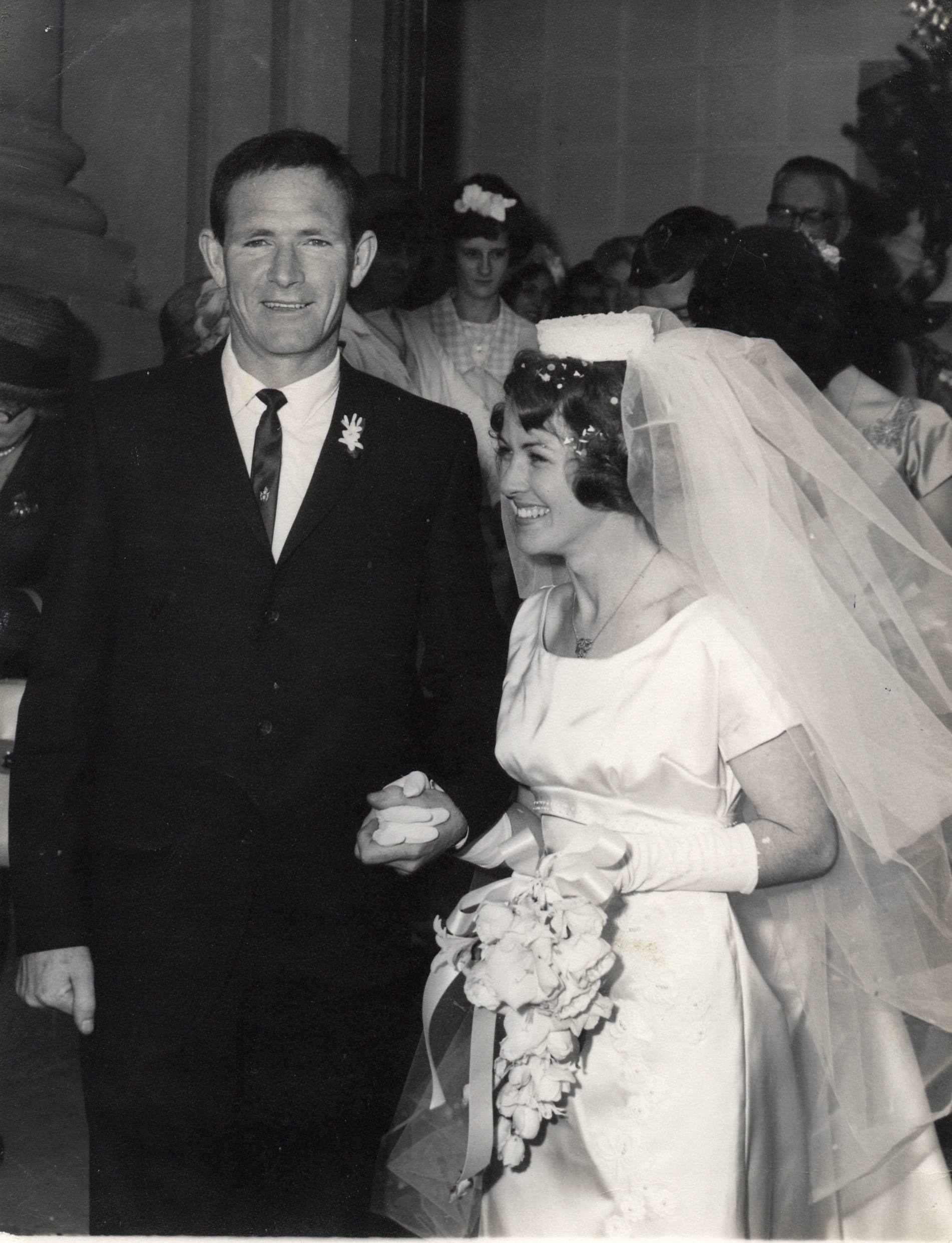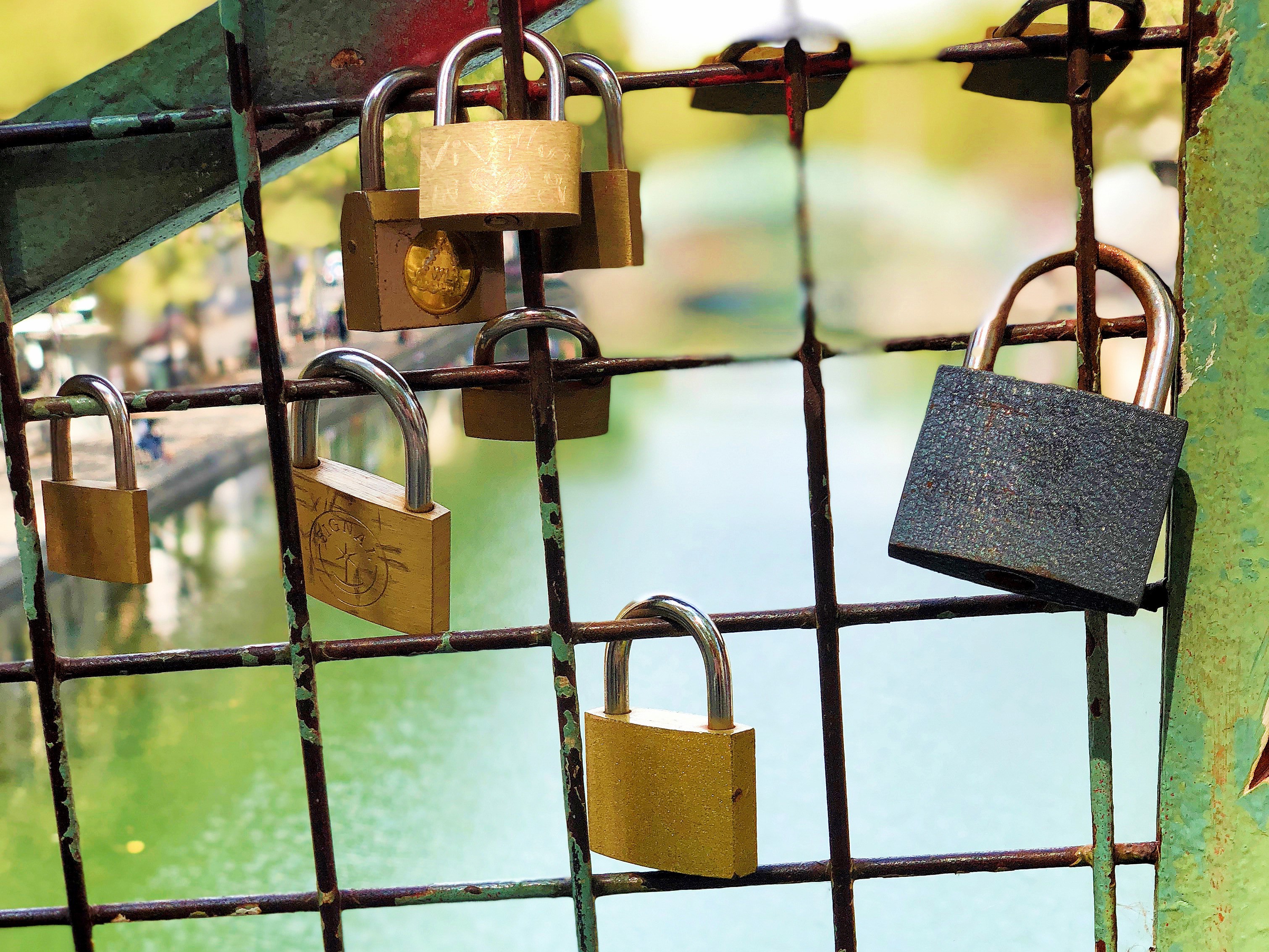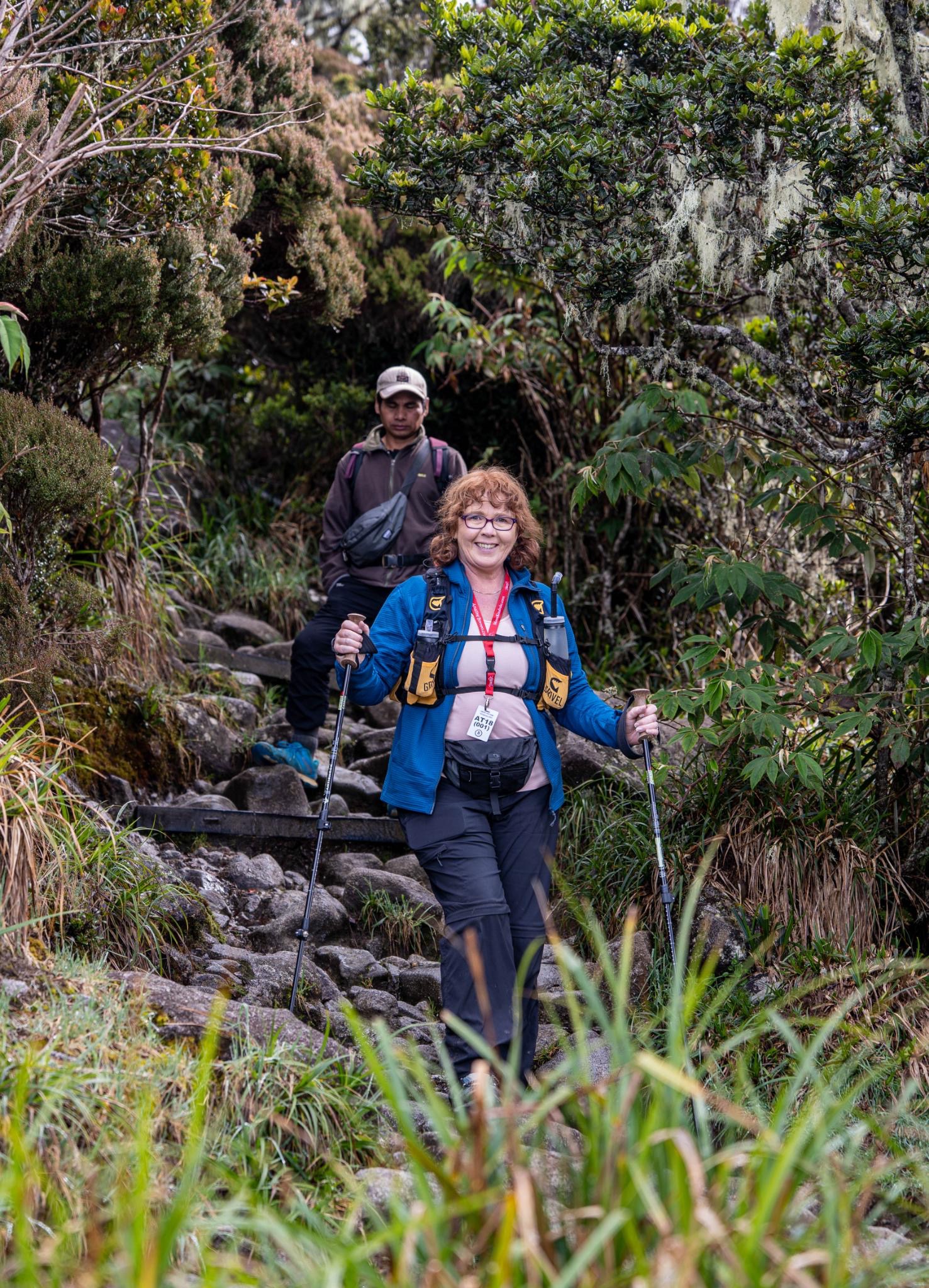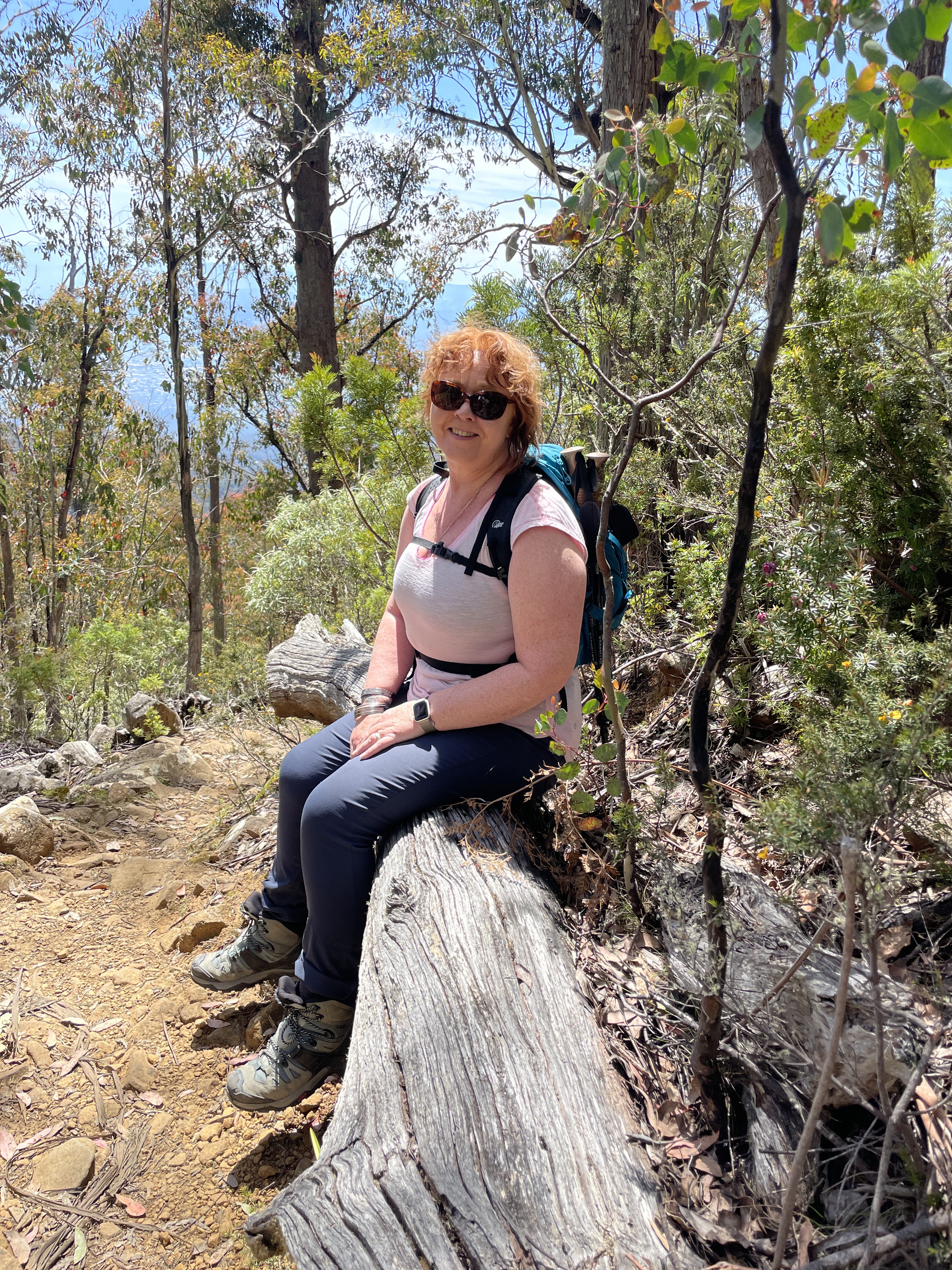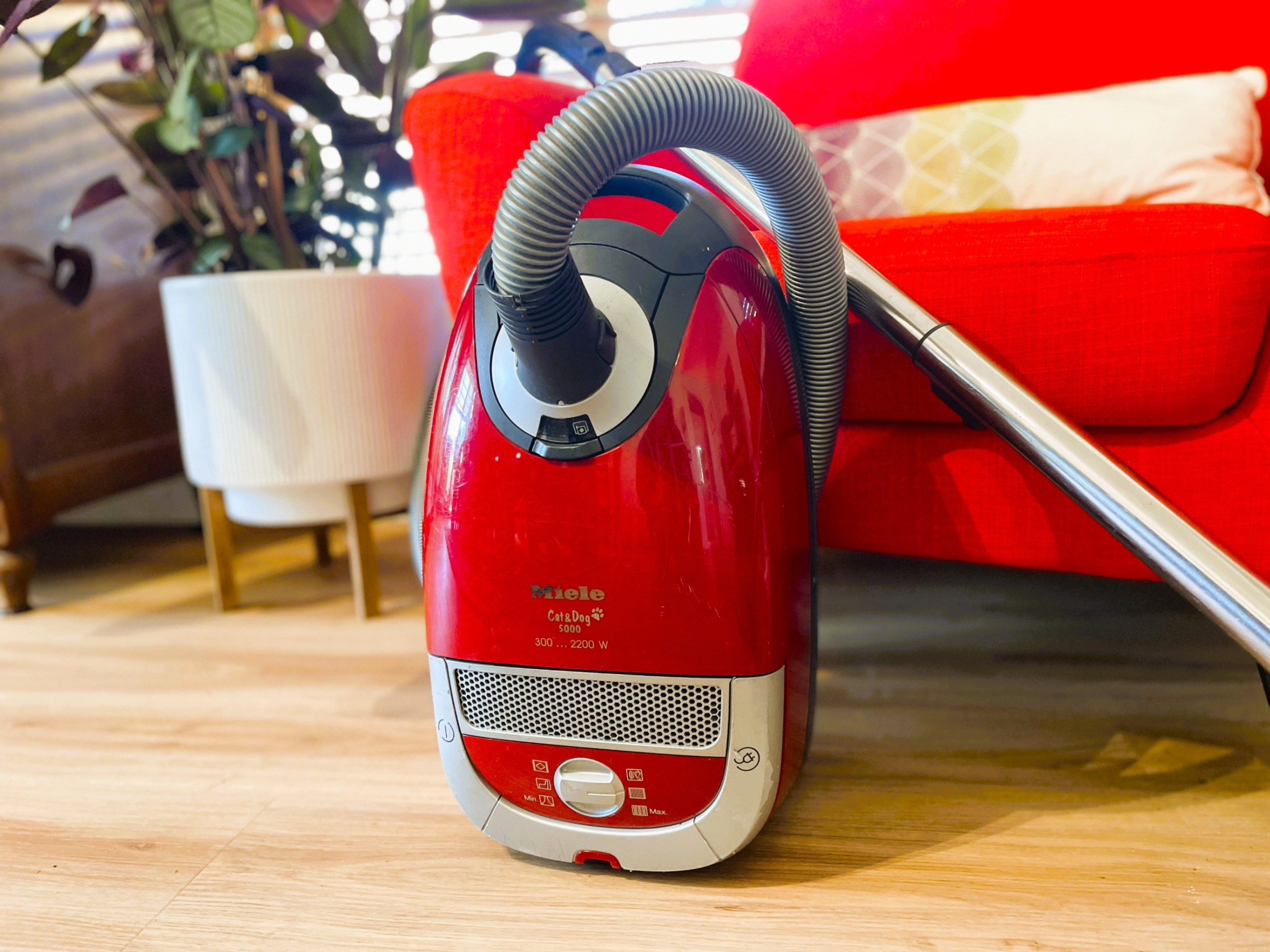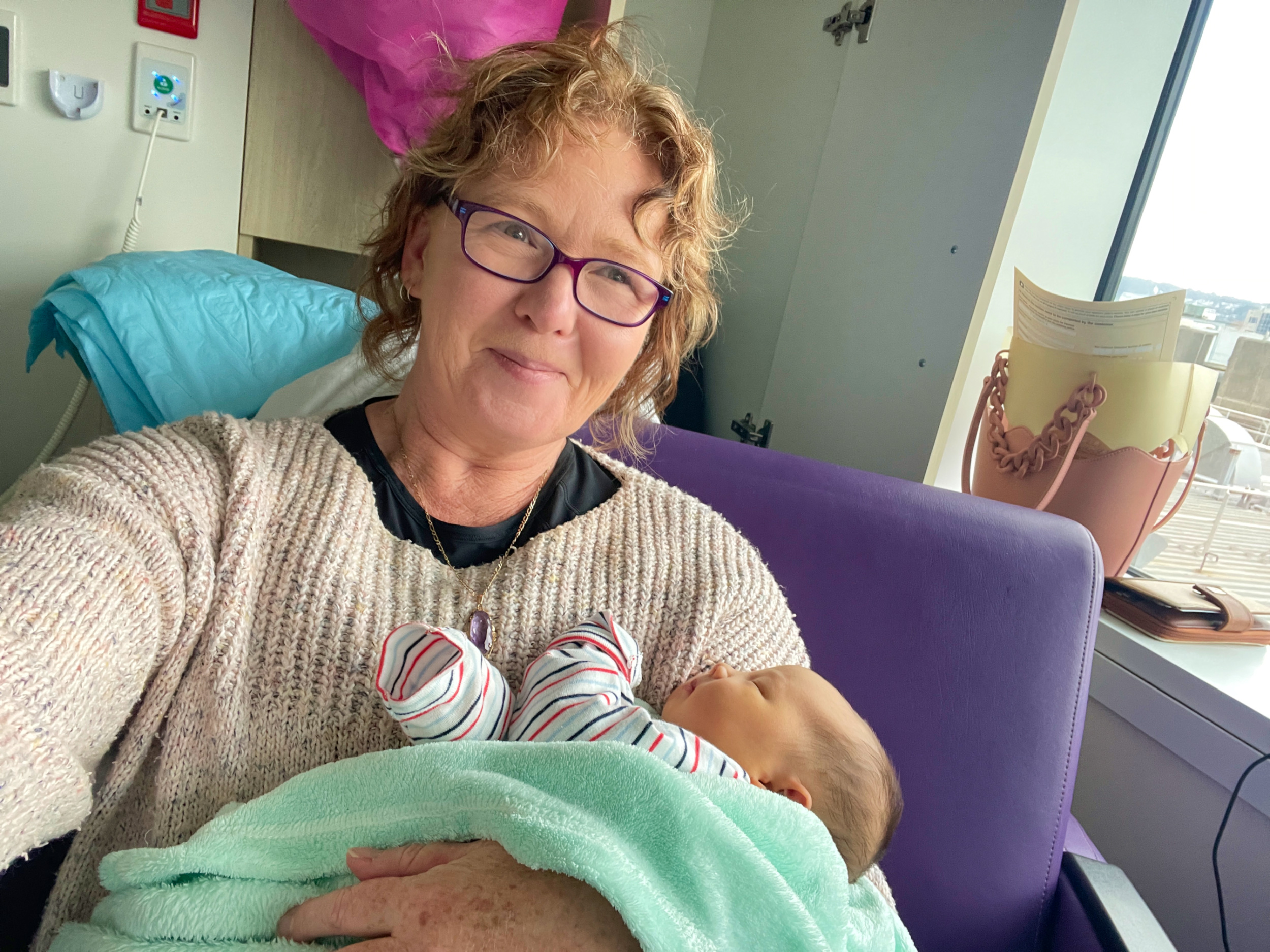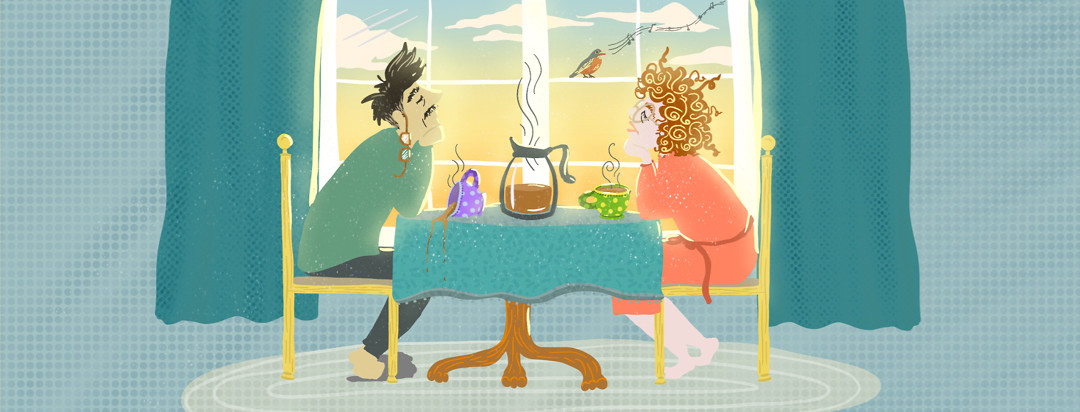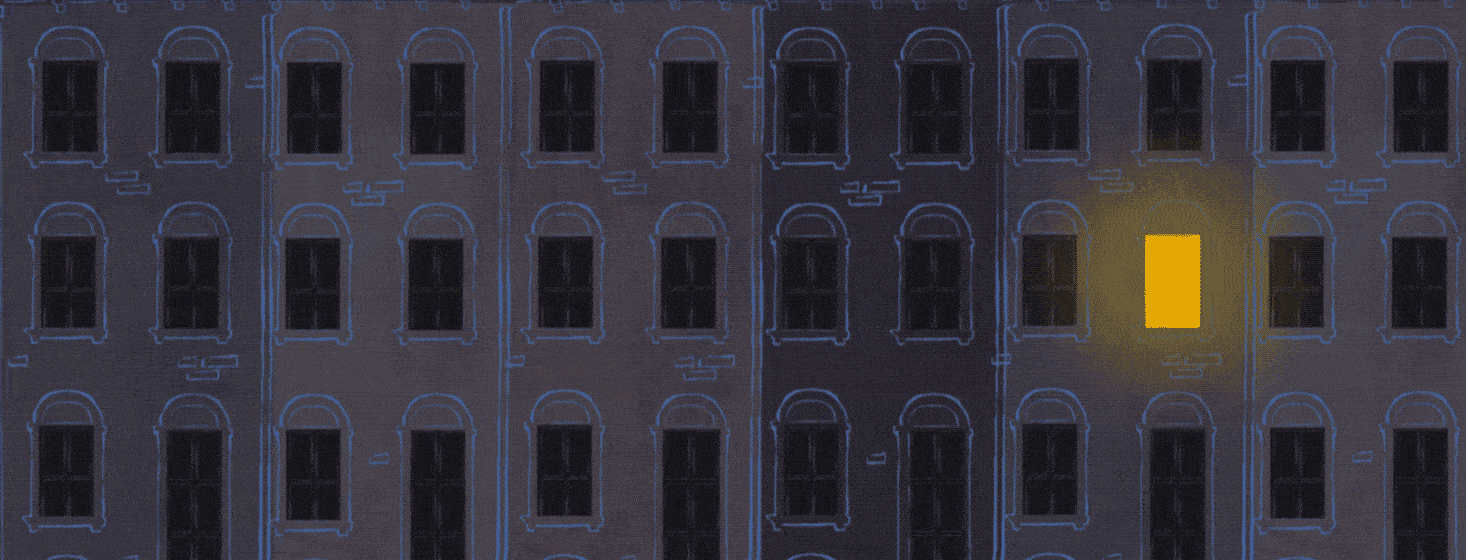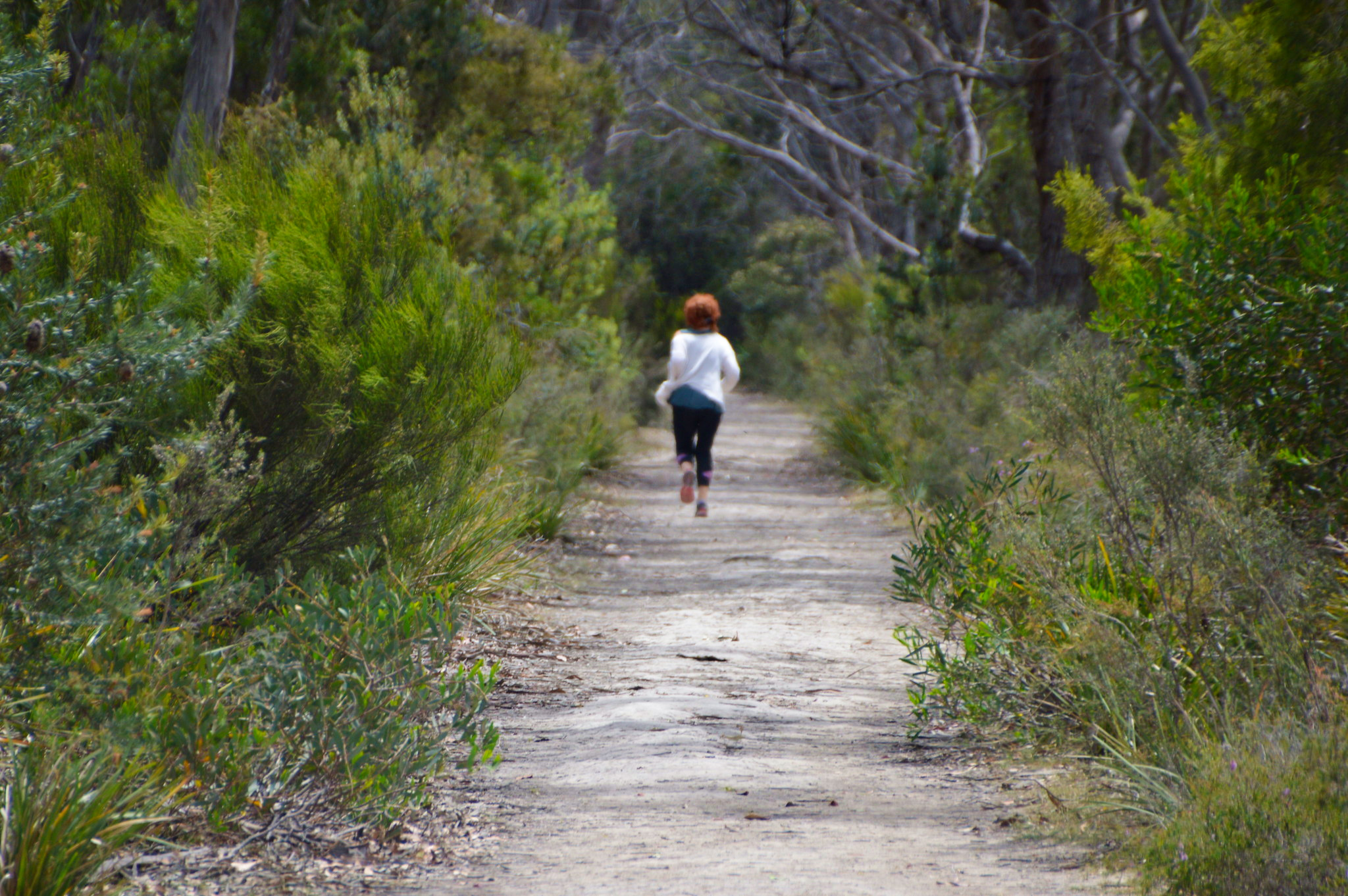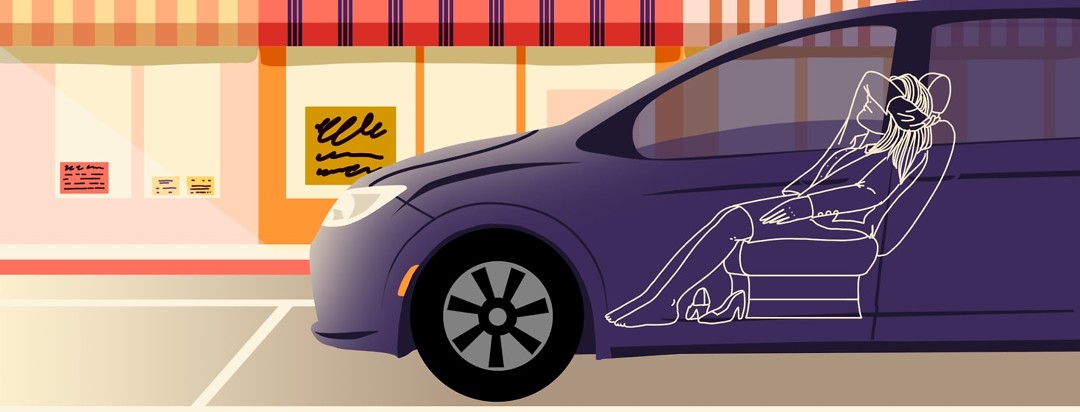There is a very good book called 8 Keys to Recovery From an Eating Disorder by Carolyn Costin and Gwen Schubert Grabb. I have started the keys on numerous occasions in the past, but now I feel completely ready to tackle them all. There are multiple writing exercises within each key, so without giving away the entire contents of the book, over the course of eight weeks I want to share my recovery journey with you. The following is a composite of all my answers for this key.
REACH OUT TO PEOPLE RATHER THAN YOUR EATING DISORDER
It is important that you don’t interpret people’s inability or unavailability as evidence that they don’t care about you.
Phew! Key seven. This is a tricky stumbling block. All my “I’ve nailed this,” success from the first six keys has ground to a halt. I can sum up the entire 26 pages in two words – reach out.
I know how important this is. We all know how important this is. Silence = shame and all that jazz. But it’s not easy and there are many types of ‘reaching out’.
Since I completed key six my sense of recovery has taken a backward step. I haven’t lost my wagon but I’ve slowed down. Details are unimportant. It’s action that counts and this week action involved escapism. The justification side of me wants to say, ‘It was only a bit of overeating,’ but the recovering side of me wants to say, ‘It’s all about the mindset.’ So my mindset struggled this week. But there’s always a new week and this week is about seeking support from others.
I TRULY SUCK AT THIS
Stopping eating disorder behaviour feels bad. There are no two ways about it. Life throws curveballs and emotions overwhelm so numbing behaviours rise up. The most long-standing is binging and/or purging. But in the last few years, I learned to self-harm or over-medicate. None of these things brings any sense of pride but history is history and it is what it is. I can only deal with today.
My behaviours are receding in the reverse order they arrived and the last one standing is overeating. The past week I overate. I didn’t reach out when I was distressed and according to key seven, human interaction would have been beneficial.
I’m truly blessed with supportive people around me. I really am. But I don’t know how to communicate. Which may sound ironic given my written verbosity. But when it comes to verbal sharing, I’m mute. I try, but nothing happens. This frustrates others and I know many of them read this blog.
THERE’S A ROADBLOCK IN MY HEAD
Conversing with people who have been-there-done-that, is much easier. During my inpatient stays, I spoke freely. But talking to those with no lived experience is a barrier for me. I don’t know why. It just is.
When the shoe is on the other foot, I feel really comfortable with other people’s problems. I don’t know if I get things right but everything is well-intentioned and said with great love. I’ve never learned to throw those words back at myself.
The book lists reasons that people resist reaching out and all of the following have been true for me at one point in time.
I don’t want people to know how much help I need | I am ashamed | By the time I realise I am in trouble, it is too late | I would not know what to say | People won’t know what to say | People have not been there for me in the past | I don’t want to burden people | I will feel worse if I try and it does not help | I should be able to handle things on my own
IT ISN’T YOU
The trouble with writing about relationships in a blog read by the people I have relationships with, is sometimes a general statement is interpreted as being directed at one person. It’s not. I’ve had eating disorder issues my entire life and when I say something has been true at one point in time, that could be yesterday or it could have been in 1975. These issues are about me, not you. I just need to get that out there…
Relationships are impermanent and risky; there are no guarantees and no way to get around that
This is a painful truth. But relationships are also adaptable and essential. It’s not important to tell all the things to all the people all the time. In fact, I suspect that would be a very bad idea. But I need to tell all the things to some of the people some of the time. Nobody needs to know everything – if it’s overwhelming for me, it’s moreso for others. But doling the burden of my shit around in little dollops lessens the burden for all involved.
SO HOW DO I DO IT?
I don’t really know. Be brave I guess. I find there’s an order of communication comfort for me. It goes like this.
- Private journaling is a piece of cake
- Blogging is really easy
- Sending a text message is uncomfortable
- Making a phone call is really uncomfortable
- Face to face is extremely distressing
I know that isn’t ideal but at least I have a hierarchy for information sharing. I consider that better than nothing at all. If I wanted to boast, I could confidently say I’ve nailed 1. and 2. I’m getting better at 3. I have a lot more psychological therapy before I’m close to 4. and 5.
It’s easy to talk with people who “understand”. Those with lived experience. I’m sure this is true for a lot of major life situations out there – you wouldn’t wish distress on other people but there’s comfort in shared misery and nobody understands your misery like a fellow sufferer. Having to explain the inexplicable is like trying to tell a rock what a banana tastes like. The rock might care but it will never taste it.
Other people can help you, but they are not there all of the time, and sometimes not even when you think you need them the most.
I’m surrounded by people who care but I rarely reach out because it’s so painful. People have tried to be there for me but I’ve been unable to articulate what I need. I made pinky promises that meant the world to me, then when push came to shove, I broke the promises and destroyed trust. Which brings me to the final point in key seven.
REACHING IN TO YOURSELF
Reaching out is all fine and dandy, but reaching in is more important. I’m always there and the buck stops here. What I say to myself trumps everything that anyone else says or does. The book finishes with three ‘inner guidance’ exercises I shall work on this week.
- Visualise new ways of responding to emotional chaos
- Picture a guide who gently leads the way
- Focus on the future I dream of
It all sounds so hippy-trippy and airy-fairy. Yet evidence suggests it works. I’ve written about freedom before. I’ve pictured that life and I continue to do so. I’ve intellectually considered healthy ways of responding to situations and sometimes I succeed. I can aim for a better strike rate. I rarely (never…) think of a guide but I once wrote about the little girl trapped inside me who wants to lead the way out.
This key is my work in progress so my goal is to increase internal awareness of emotional turmoil and think before acting. Less toast, more tears. And when situations arise, search deep for a little courage to reach out and reach in, then see what happens.
Like this:
Like Loading...

